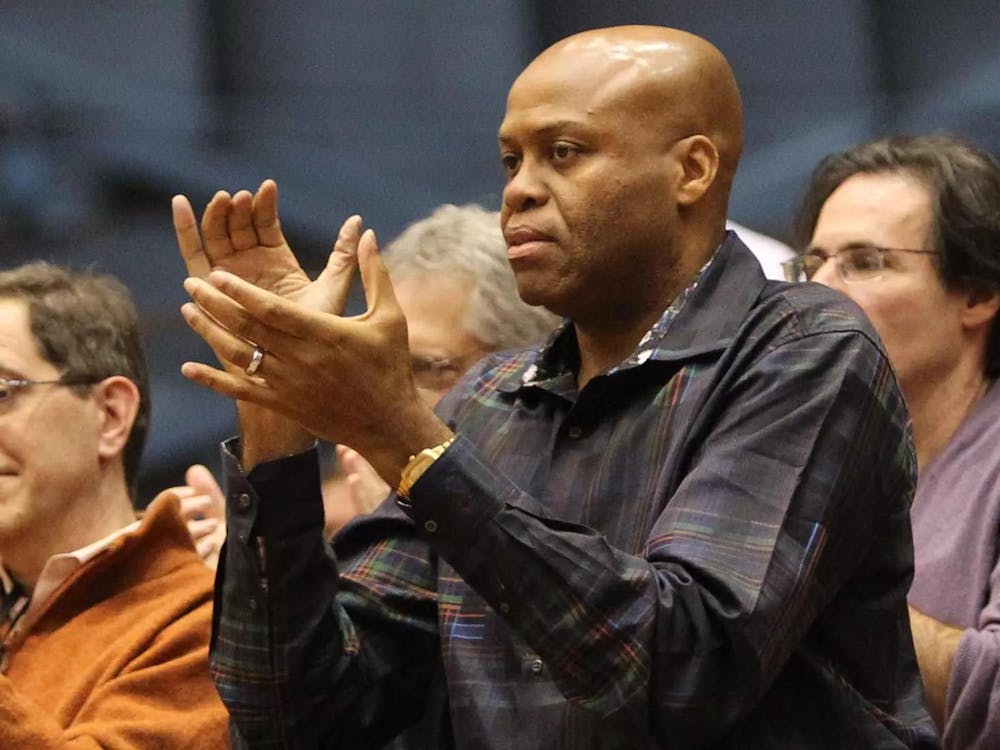Students will walk 30 feet above bustling traffic to get to physics lab or lacrosse practice with the construction of a proposed pedestrian bridge over Washington Road, not to be completed for at least five years.
"The center of gravity of the University is moving south.The planning board strongly suggested it was time to make it easier and safer for pedestrians to cross Washington Road," University architect Jon Hlafter '61 GS '63 said.
Christian Menn, the Swiss engineer famous for elegant concrete bridges perched on mountains, designed the walkway to cross the road between Jadwin Hall and Icahn Laboratory.
The conceptual design features a "curved x-shaped superstructure supported by a single arch" and a "glass covered bridge girder creating reflections of light and shadows," according to Menn's website.
Preliminary bridge model photos depict leafy tree branches surrounding the walkway. The translucent pathway is supported by one main metal tube that arcs over the road.
Menn collaborated with Ted Zoli '88, vice president of a New York engineering firm, to draw up the plans.
Zoli, who is also a visiting lecturer in civil and environmental engineering, previously worked with Menn on the Leonard P. Zakim Bunker Hill Bridge in Boston, which spans the Charles River. It was the first project Menn completed in the United States.
The final design of Princeton's pedestrian bridge will depend on the look of the new chemistry headquarters, which are being relocated from Frick Lab.
"We have to make sure that this bridge is compatible with the design of the future chemistry building, at the site of the former Armory. We're certainly hoping that the bridge will be completed at the same time as the new chemistry building," Hlafter said.
President Tilghman praised the bridge last month at a meeting of the Council of the Princeton University Community.
Tilghman explained that future campus planning would emphasize "academic neighborhoods," and that the Washington Road bridge will unify buildings such as Fine Hall and Guyot Hall into a "science compound."
Hlafter said the bridge is intended to be aesthetically pleasing as well as practical.

"When a bridge designer uses the sound principles of engineering to do an elegant bridge with minimal use of materials, the result can be a work of art. That is certainly our aim," he said.







